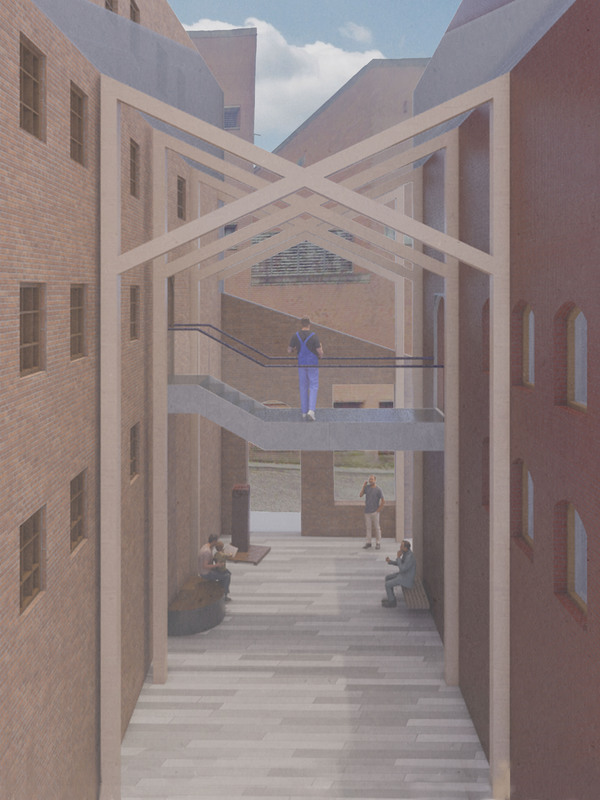Preston's CraftHouse: An Architectural Palimpsest
‘ The influence of the past is felt through its effect both as a repository and as a moral force. As a repository, the past is seen as a complex package of interrelated repertories, of things already built, drawn and written. This repository is there to learn from, to copy, to transform.
In the process of remodelling, however the past takes on a greater significance because it, itself, is the material to be altered and reshaped. The past provides the already written, the marked ‘canvas’ on which each successive remodelling will find its own place. ‘
Machado, 1976
My proposal focuses on revitalising Preston and bringing her more economic opportunities by building Preston Guild, a place to establish a new craft economy in the area. And through bringing back the long lost crafts, encouraging imagination and making with our own hands it is hoped that we would be better placed to contextualize the challenges that face a society addicted to excessive and conspicuous consumption of mass-produced standardized products. Craft as an opposing force to counteract the negative effect industrialization and mechanization brought to the city and its people in the past.
Building on the historical void of the site and remodelling existing buildings on site the story of how spaces were experienced historically is retold. By using the historical void to carve out the building mass and referencing the historical use of the site, we would be able to recall the memories people had of that place; by refunctionalizing the site and the listed buildings, the existing is reinterpreted, a new meaning is given. Composing a new story over traces of the past - the building as Palimpsest.


